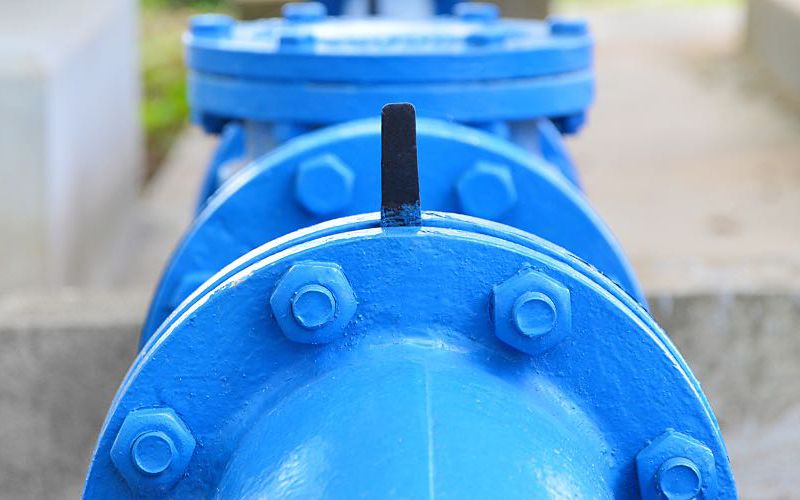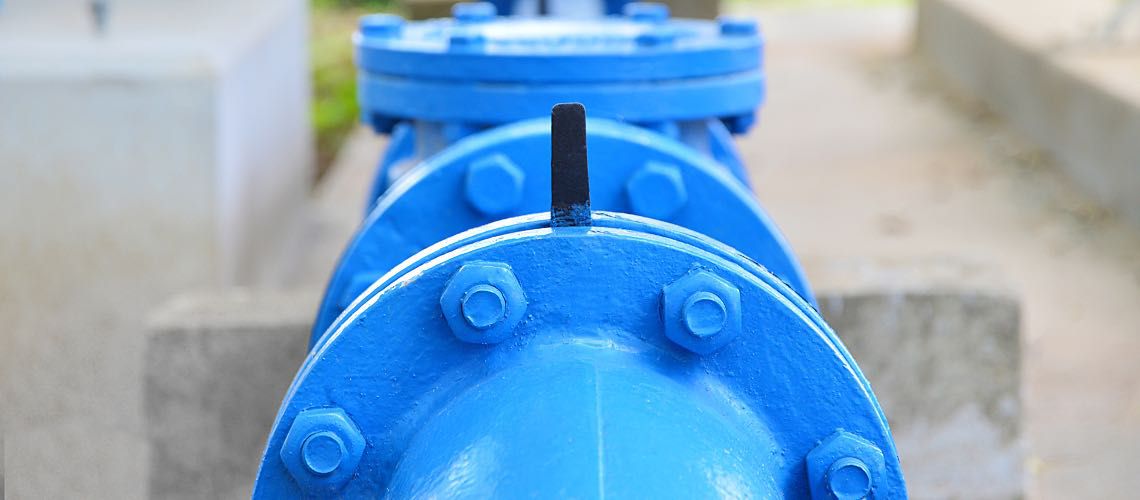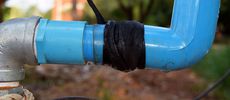Why You Need a Legionella Pneumophila Monitoring Program


Water utilities currently lack national guidance on how to monitor their systems for Legionella pneumophila, the species that the National Academies of Sciences, Engineering, and Medicine (NASEM) notes is most frequently diagnosed as the cause of Legionnaires' disease. A 2020 NASEM report urges the Environmental Protection Agency to require a minimum disinfectant residual throughout public water systems and validate treatment performance with routine monitoring.
Although federal agencies have yet to add new requirements, expert Mark LeChevallier offers new guidance in the journal Health Education and Public Health on how to develop a voluntary Legionella pneumophila monitoring program for utility distribution systems. His research article details a multistep process based on empirical research as well as input from multiple state public health authorities.
"Water utilities want to be confident that the water they serve meets or surpasses all state and federal standards," he writes. "Monitoring for Legionella can give them the confidence that their treatment processes are adequately controlling this organism."
Drinking water utilities' labs are key stakeholders in a monitoring program, LeChevallier points out. Here are his seven steps for developing a voluntary program and how your lab can be an integral part of this process to protect public health.
Support Program Planning and Implementation
Many utilities have started monitoring programs for L. pneumophila, and there are several reasons to begin one. LeChevallier observed that water utility leaders are increasingly seeking to gain experience with the methods for Legionella detection ahead of potential federal regulations. Commercially available tests for L. pneumophila are also spurring interest in becoming familiar with assays, he added.
Other drivers include understanding how well the existing treatment works to control Legionella in the distribution system, better communication with stakeholders on Legionella management, and staying consistent with internal water quality goals.
LeChevallier recommends these seven steps for developing a monitoring program:
- Determine the program objectives.
- Identify the monitoring team and begin to educate key stakeholders.
- Develop monitoring protocols.
- Develop a response and communication plan.
- Secure support for the testing and reporting plan.
- Conduct a pilot round of testing and review the results.
- Document the process for updating the monitoring program.
"It's important that all the key stakeholders are aligned on the objectives and benefits of the testing program," he writes. The extent and frequency of monitoring hinge in part on the water lab's capacity, so clear communication about your team's ability to take on additional testing will be a factor in the program's scope.
Ensure Sufficient Sample Collection and Analysis
Although LeChevallier observes that there is no one right way to develop a voluntary monitoring program, he does present several considerations so that the utility isn't starting from zero. Insights about sampling collection and analysis will help shape the overall strategy.
Possible approaches for determining the program scope include using a state-approved Total Coliform Rule (TCR) sampling plan that's representative of the distribution system. LeChevallier suggests collecting extra samples for L. pneumophila testing during your regular TCR sampling. Citing prior studies, he also recommends focusing monitoring on water with a temperature of over 15°C.
The utility's leadership might target storage facilities that could have long detention times, low turnover, and accumulated sediment. Sites serving vulnerable populations such as hospitals, nursing homes, and senior centers are another potential target for monitoring — especially points where water is stagnant or disinfectant residuals dissipate. Testing within municipal, city, or utility-owned buildings' plumbing systems can validate water management plan controls.
Make sure that the sample collection frequency and analysis are enough to spot trends and water quality changes over time, LeChevallier advises. Although monthly or quarterly sampling is likely sufficient, consider picking up the pace during warm-water periods. Choose the assay that best fits your utility's capabilities and monitoring objectives, he adds.
He also says that testing additional water quality data parameters can provide context for Legionella pneumophila monitoring results. His suggested parameters are:
- Total coliform/E. coli
- Heterotrophic bacteria
- Free/total chlorine/monochloramine
- Temperature
- pH
- Total organic carbon
- Nitrite, free and total ammonia (for chloraminated systems)
Consider National and International Guidelines
Your utility's intention to monitor for L. pneumophila will likely garner support from public health and environmental agencies, LeChevallier says. At the same time, they'll probably request details about how the program will be implemented and exactly what steps the utility plans to take if the pathogen is found.
Low concentrations of L. pneumophila can be detected even in properly operated utility distribution systems, he warns. Given this likelihood, he presents a protocol developed in collaboration with State of Washington regulators that's also consistent with national and international guidelines. The protocol describes specific ranges of L. pneumophila levels that could be detected in distribution systems, what they might mean, and corrective actions the utility should consider as a result.
"Having effective communications before and during a Legionella pneumophila monitoring program is essential to the success of the effort," LeChevallier writes. Water lab employees are essentially ambassadors of the water utility within the community, he adds. You might find yourself fielding questions about Legionella monitoring from family, friends, and neighbors. Being closely involved in developing the utility's program puts you in a better position to respond — and to help protect the public against Legionnaires' disease.






